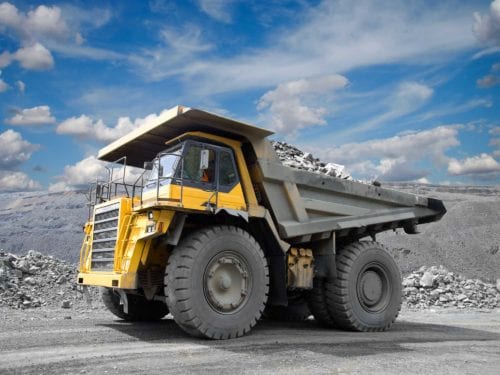
Report | 2019
Pulling The Weight of Heavy Truck Decarbonization
Exploring Pathways to Decarbonize Bulk Material Hauling in Mining
Haul trucks already emit 68 MtCO2 per year and account for 30%–50% of a mine’s total energy use. Trucking demand at mine sites is expected to grow substantially, driven by increased demand for minerals coupled with higher total ton-km to deliver mined materials to processing plants. Replacing diesel hauling fleets with low-carbon options is essential for companies looking to decarbonize their operations.
But, with the majority of open-pit mines still operated with diesel haul trucks, very little has happened in the past decade with regard to decarbonization on a global portfolio level. To stay on track for the 2010–2050 target of 58% reduction set by the International Energy Agency in 2014, an adjusted target in many cases implies greater than 100% decarbonization, or a nonlinear pathway. The nonlinear pathway that achieves this target requires a full decarbonization of hauling with disruptive technology no later than 2040.
Counterintuitively, near-term investment in partial decarbonization only has a three- to five-year impact on the timing for when the more disruptive technology is needed. To meet the 2050 target, mining companies need to front-load transformation of hauling at assets where already available non-truck-based solutions are more applicable, while aggressively pursuing R&D and policy support for new disruptive solutions.
This report explores six decarbonization options of varying abatement potentials and technology readiness.